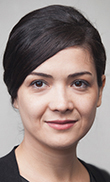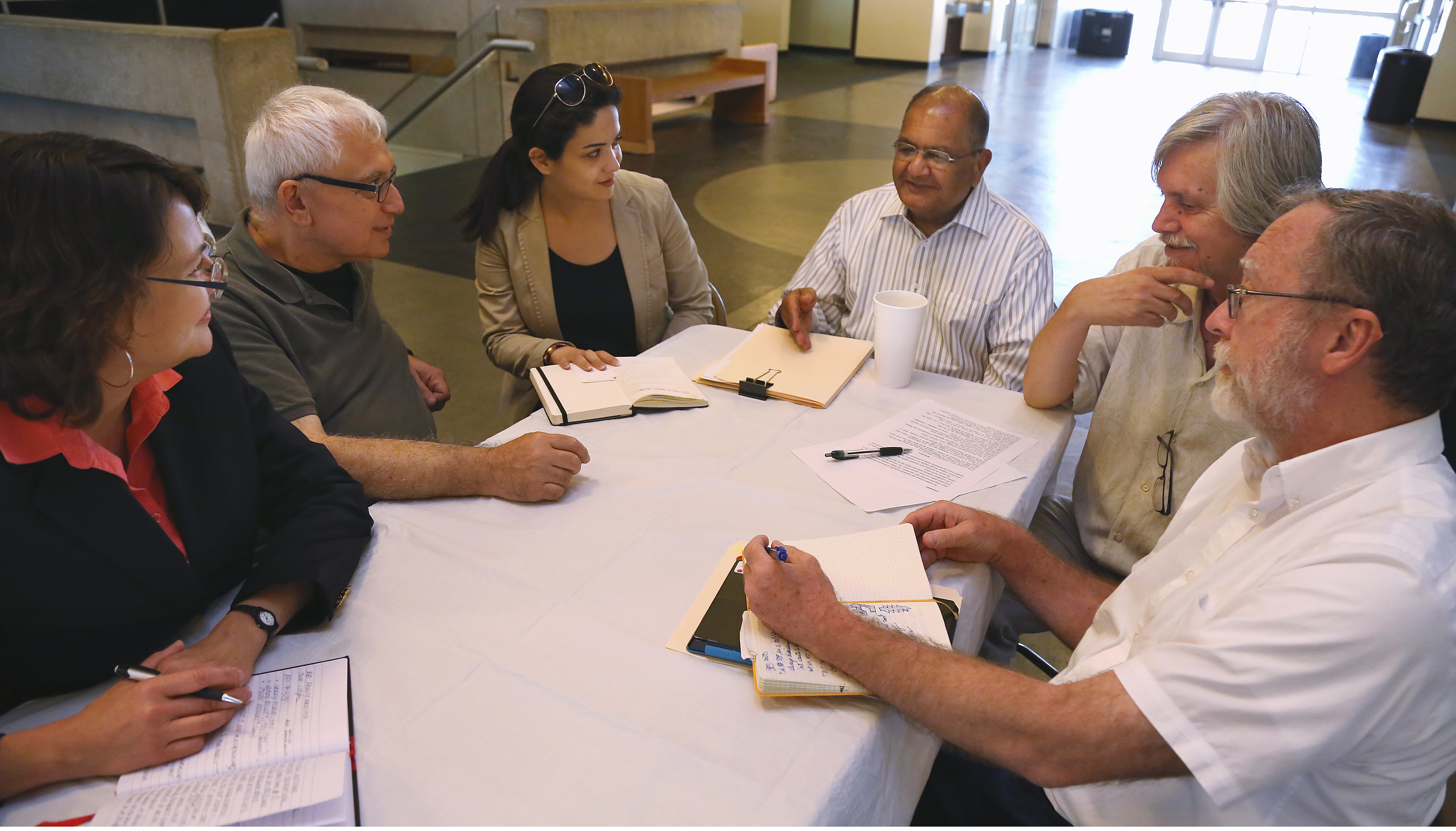College researchers investigate ‘smart’ materials in NSF study

Zofia Rybkowski

Ergun Akleman

Negar Kalantar
The characteristics of new “smart” materials that, with further development, could harvest energy, water and air when embedded in a building’s exterior, are the focus of a two-year, $240,000 National Science Foundation study undertaken by faculty and doctoral students from Texas A&M University’s colleges of architecture and engineering.
In the exploratory, multidisciplinary project, researchers in architecture, construction science, visualization, materials science and engineering will test the performance of “smart” materials that alter their form in response to changes in air pressure or temperature while embedded in traditional and prototype materials used for building exteriors, or skins. In altered states, the motion of these materials could, for example, generate electricity.
The study will investigate shape memory alloys, bi-metallic strips, piezoelectric materials and stimuli-responsive polymers.
These materials, now in early stages of development, could eventually perform the functions of traditional building infrastructure, said Zofia Rybkowski, assistant professor of [construction science] (http://cosc.arch.tamu.edu/) , and the project’s principal investigator.
“Imagine buildings with smart skins that can perform the tasks of today’s mechanical, electrical and plumbing systems,” said Rybkowski. “This is a futuristic proposition, but a new generation of smart materials that can interact with the environment is starting to make this kind of vision feasible.”
The project is funded by the NSF’s [Early Concept Grant for Exploratory Research] (http://www.nsf.gov/about/transformative_research/submit.jsp) program, which supports research on untested, but potentially transformative, ideas or approaches. EAGER funds are used for projects that involve radically different approaches, new expertise, or novel disciplinary or interdisciplinary perspectives.
Collaborating with Rybkowski on the smart materials study are Ergun Akleman, professor of [visualization] (http://viz.arch.tamu.edu/) , Negar Kalantar, assistant professor of [architecture] (http://dept.arch.tamu.edu/) , Tahir Cagin, professor of materials science and engineering, and Terry Creasy, associate professor of materials science and engineering.
Tags
- architecture
- archone gallery
- construction science
- cosc gallery
- energy
- energy sustainability
- interdisciplinary
- research
- research gallery
- sustainability
- technology
- visualization
Related Posts

Research, creative work presented at annual symposium

Oct. 23 symposium spotlighted college, faculty research

Oct. 29 symposium spotlights college, faculty research

Texas A&M researchers enabling buildings to ‘breathe’

Light pipe tests under way at daylighting lab
Follow Us
Facebook Twitter Vimeo Youtube Flickr RSS
Recent Posts

Planning prof heads study of disaster housing aid

A message from the dean

Former student remembered as expert planner

Leading educator named new head of Architecture Dept.





_thumbnail_small.png)
